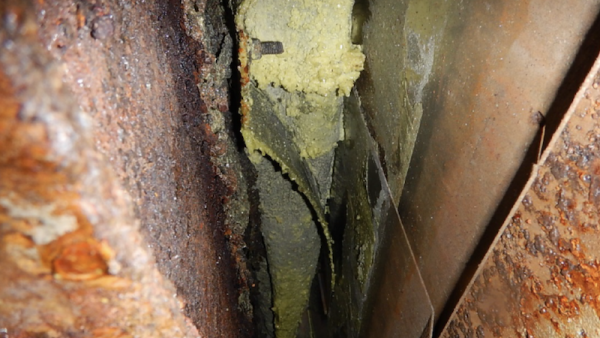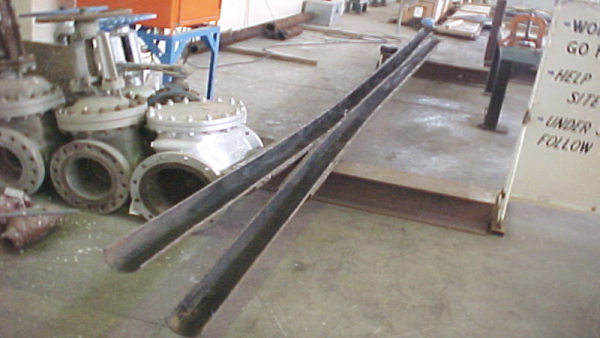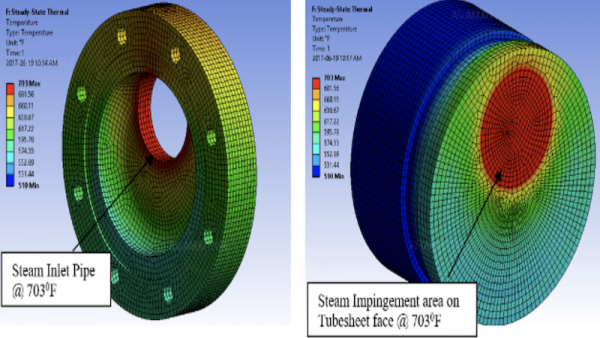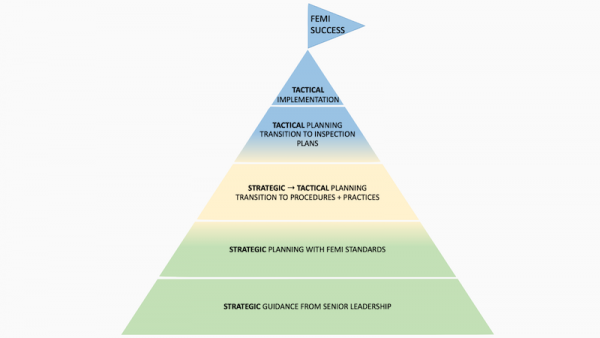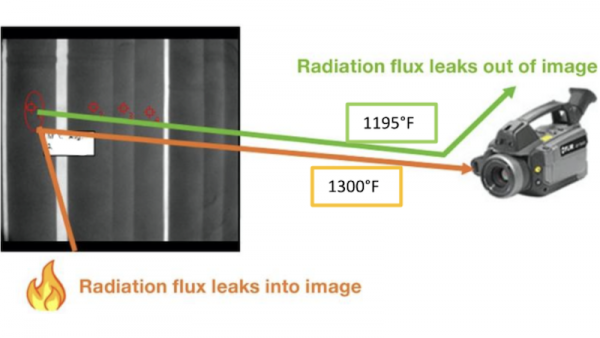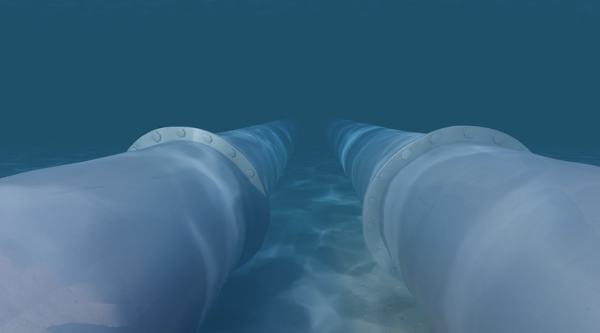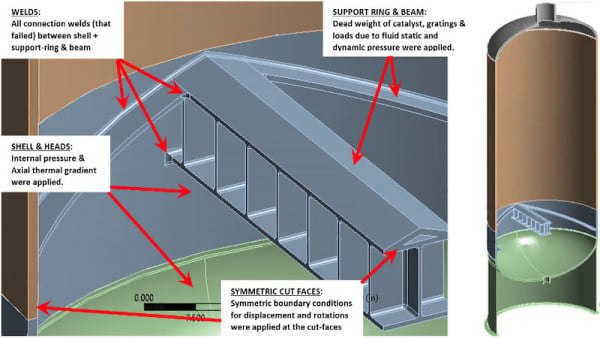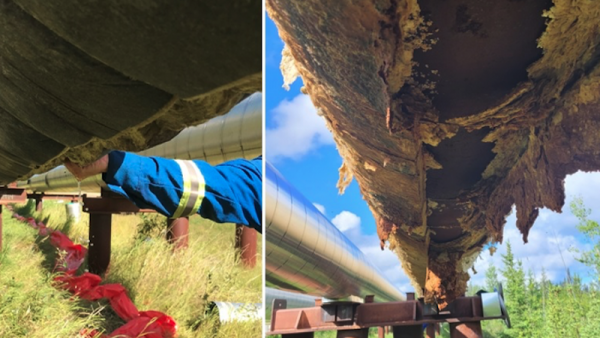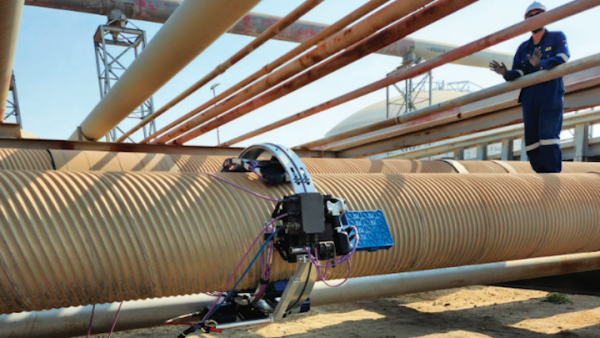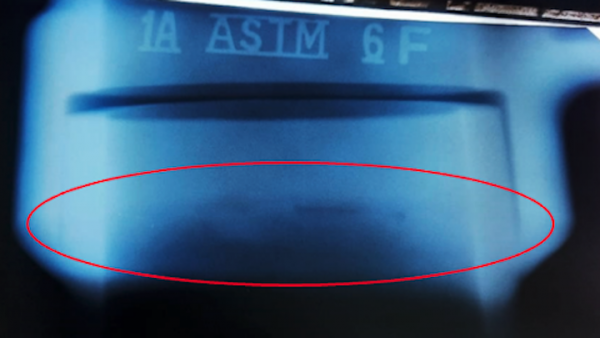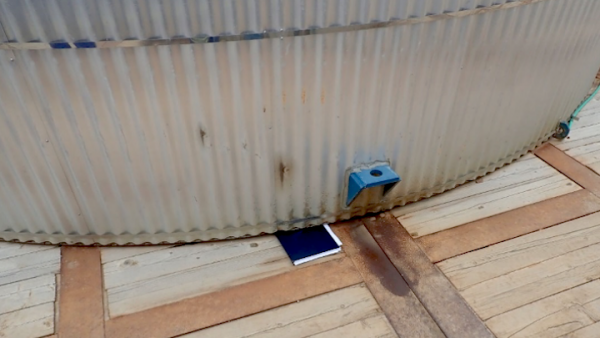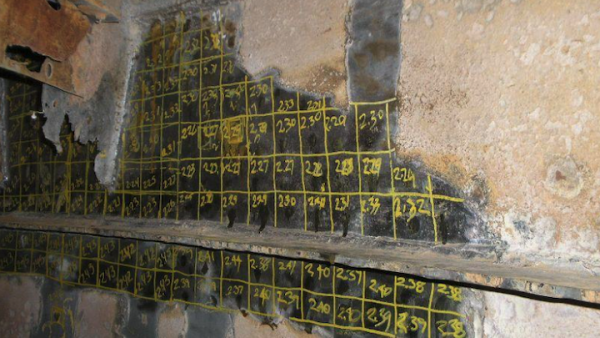Case Studies
Inspectioneering contributors and authors have published numerous mechanical integrity case studies in Inspectioneering Journal and throughout our online resources. This page brings all of these case studies into one location to better help you learn from the experience of others.
A calculated and thought-out investigation into floating roof rim seal failures is required to provide usable data to support risk mitigation decisions.
A detailed account of the multiple degradation mechanisms, including metal dusting and failure of thermowell assemblies, of a vintage primary reformer.
A detailed analysis revealed the weaknesses of an existing gasket seating design and bolt tensioning effectiveness to be the root cause of a chronic leak issue.
Both strategic and tactical thinking are needed within the FEMI work process, and we’ll show how important each aspect of the program is relative to the whole.
Software advances in laser scanning allow for examining noncylindrical equipment common in a plant environment. We’ll give six examples of how this is done.
A proven methodology is required to measure accurate temperatures in a repeatable process to capture the full capability of IR thermometry.
A comparative analysis of robotic nondestructive inspection tools used to locate floor defects in aboveground storage tanks.
Whether you decide for a Computed Radiography scanner with flexible imaging plates or a flat panel detector with the fastest imaging, or even combine the advantages of both technologies, DÜRR NDT's innovative systems offer high reliability and...
This article presents a risk-based inspection (RBI) approach for the assessment of offshore subsea pipelines, accompanied by a practical case study.
Failure of internal attachment welds became a chronic issue for an NGL plant. Identifying design discrepancies was key to eliminating repeated failures.
A case study of insulation-drying technology that reduces the wetness time of thermal insulation and pipes.
The capabilities of automated radiographic testing (ART) make it the preferred method to manual techniques for detecting piping corrosion defects in the field.
A look into how complications due to low diameter, geometry, procedure, and qualification of welders resulted in flaws that were overlooked.
This article describes a storage tank built in a permafrost area and how FFS and FEA were used to address the challenges of foundation instability.
A review of the plan one site put in place to upgrade their performance from the fourth quartile to the first quartile and keep it there.
Common pitfalls in gathering inspection data using a case study where additional data gathering resulted in a significant improvement in FFS results.
- View more:
- Next
